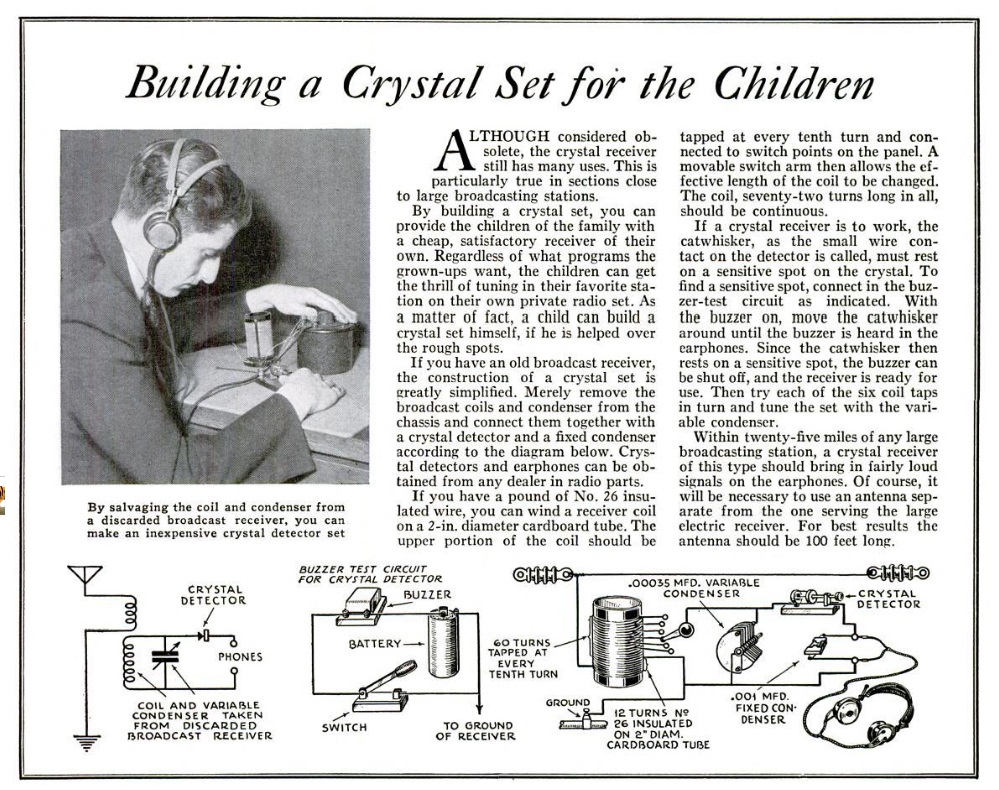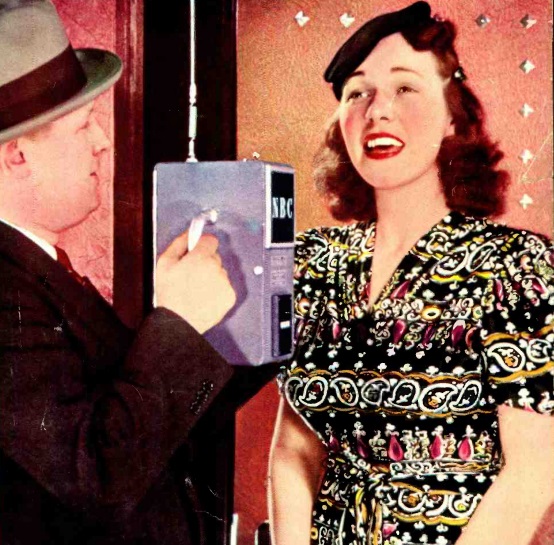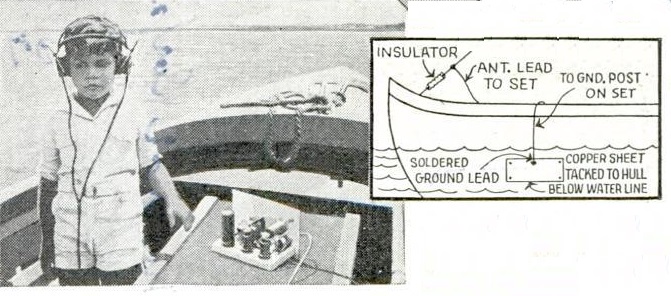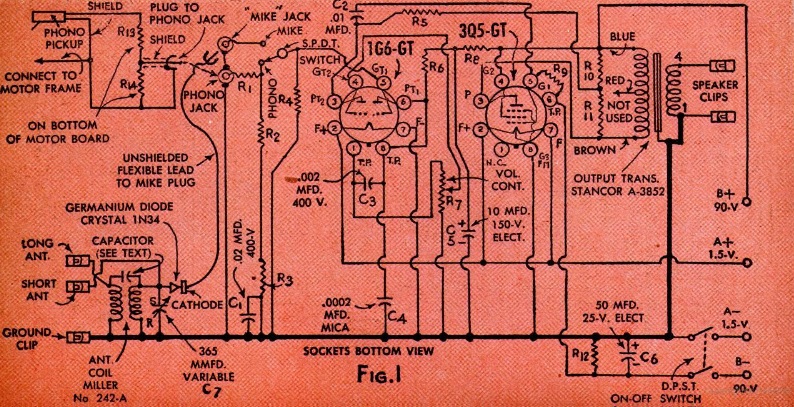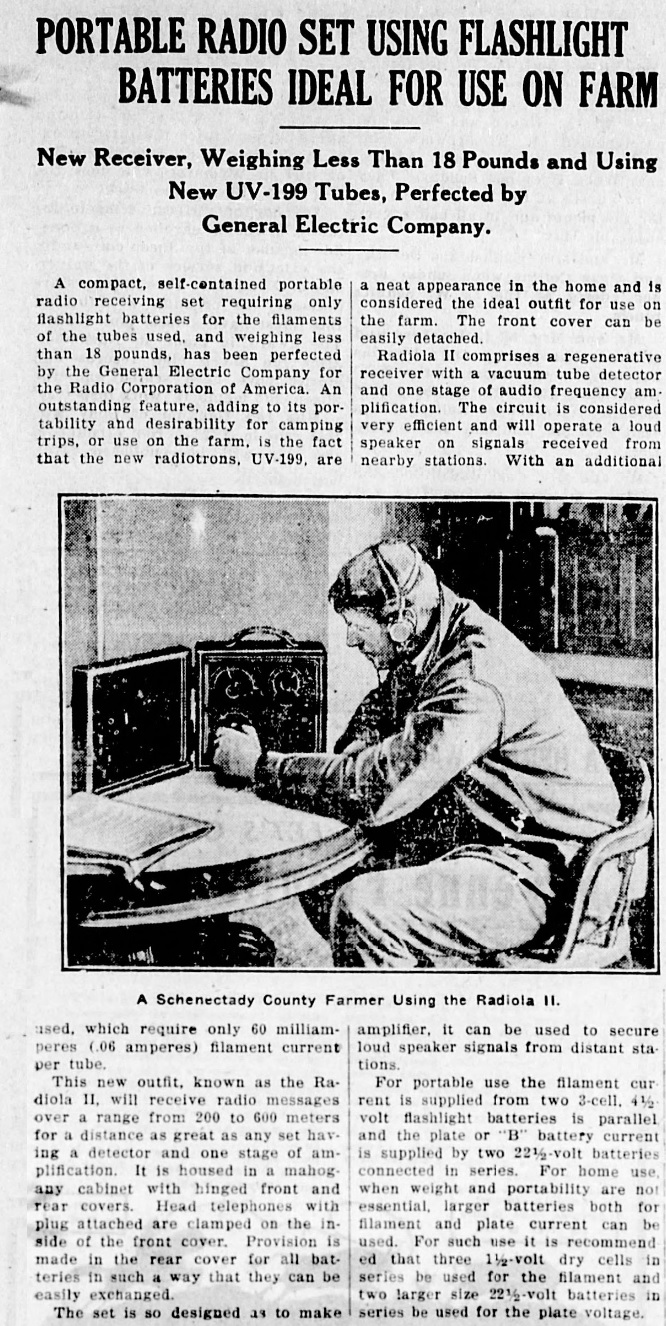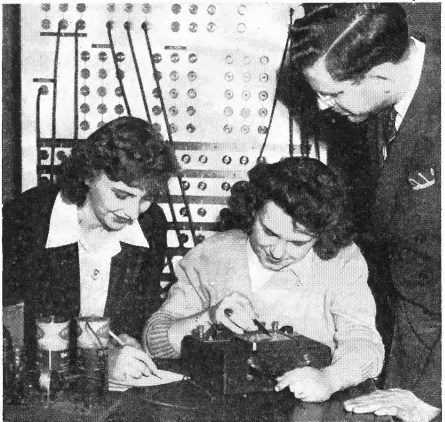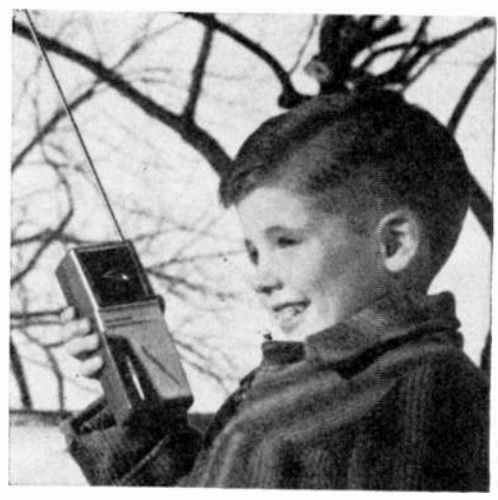 This young man, Joseph Guy, from somewhere in the midwestern United States, has been collecting Social Security for a few years now, but sixty years ago, his mother gave him this CB handheld radio to stay in touch on his way to school.
This young man, Joseph Guy, from somewhere in the midwestern United States, has been collecting Social Security for a few years now, but sixty years ago, his mother gave him this CB handheld radio to stay in touch on his way to school.
This photo was taken on a 22-below-zero day, and immediately after the picture was taken, young Joey was camouflaged with a heavy scarf, hat, and mittens. While his mom stayed at the 5-watt base station at home, he walked to school, and mom reminded him to look both ways before crossing busy intersections. When he reached school, he called to report his safe arrival.
The only downside was his occasionally failing to turn it off when he reached school. But rechargeable batteries partially solved that problem. Other mothers, whose children were following him, would often call to see if their children reached school safely.
The photo and story appeared in the July 1963 issue of Popular Electronics.
 If you had a small apartment 70 years ago and were in the market for a television, you might find this idea useful, from the July 1953 issue of Popular Mechanics. The magazine billed it as perhaps one of the most unusual TV cabinets. It was an ottoman on rollers and could take care of your sitting needs. But when opened up, it turned into a 20-inch television.
If you had a small apartment 70 years ago and were in the market for a television, you might find this idea useful, from the July 1953 issue of Popular Mechanics. The magazine billed it as perhaps one of the most unusual TV cabinets. It was an ottoman on rollers and could take care of your sitting needs. But when opened up, it turned into a 20-inch television.
